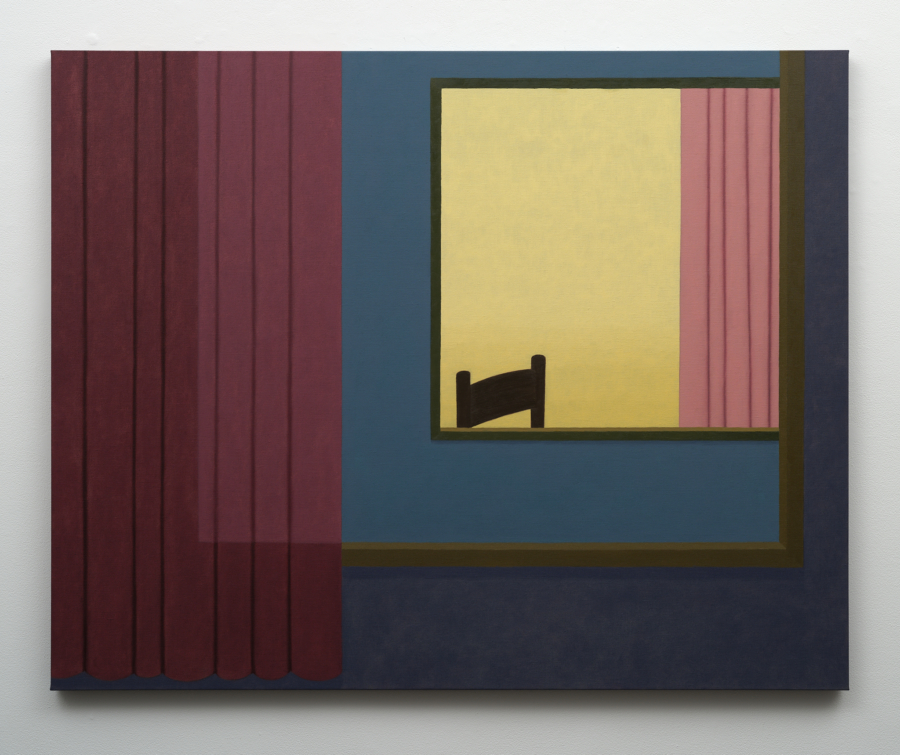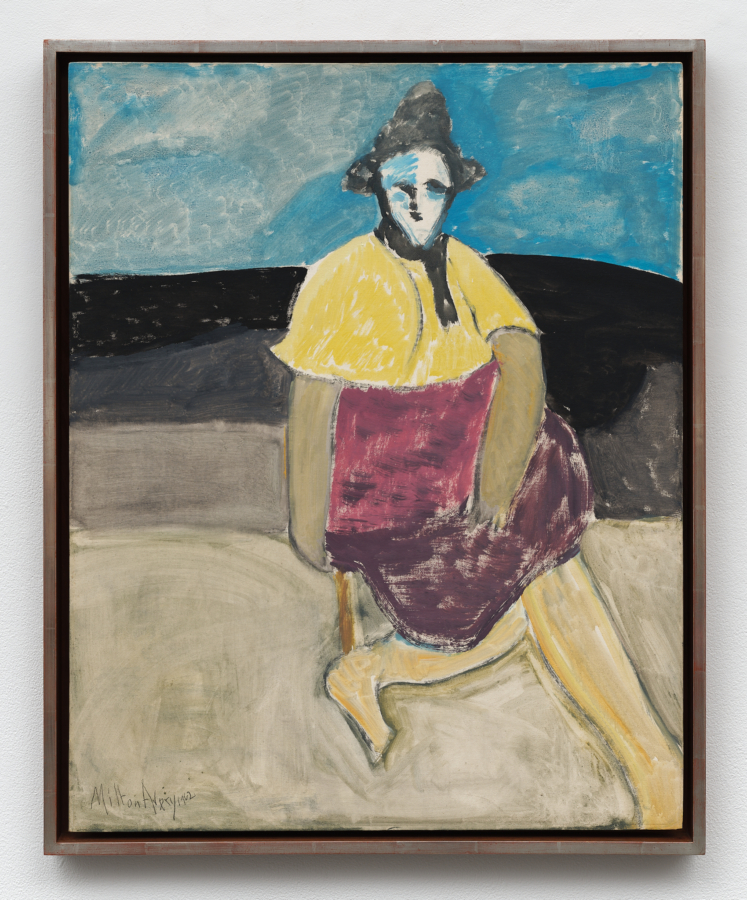Robert Grosvenor, published by Karma, New York, 2020.
Download as PDF
Robert Grosvenor, published by Karma, New York, 2020.
Dear Amelia and Brendan,
I am honored that you think I could write an essay about Robert Grosvenor’s stupendous sculpture. I am first and foremost a painter—not a writer. And I am totally consumed in realizing my own paintings, especially these days when I need and want to accomplish so much. But that said, I did write down for you some thoughts and experiences I had (and have) with Grosvenor’s work. In essence, I am powerfully uplifted in experiencing Grosvenor’s work because I don’t understand it. It transports me where I have never been before. I am struck by its visual manifestation of being art itself, without the need for an explanation. When I see it, I think to myself, ”This is art”! One of my first experiences with Grosvenor’s work was in 1991 at the Paula Cooper Gallery on Wooster Street. The painter Paul Mogensen had introduced me to this legendary figure and I was curious to see his work for myself. I walked into his exhibition as a blank slate. I had no idea what to expect, though I was familiar with images of his early work. I saw sculptures made from materials that I usually found ugly and took for granted, such as rusting metal, corrugated roofing, cement blocks, some black or gray or blue painted on them, here and there. Were they some kind of shelters? No! But in the space of the gallery, their realized strength of unique sculptural form declared, without equivocation, that they were art. Their presence as such was ungraspable; they delivered themselves without the embellishment or crutch of an explanation or a “story.” In other words, they were in no way illustrating “something.” There was no explanation. I was thrilled to experience how they existed as art entirely on their own built-in strength as sculpture.
The German art historian Ulrich Loock once said to me that Robert Grosvenor’s work achieved a far-reaching resolution, or place, that no other sculptor had been able to obtain. He stated that Grosvenor was alone in what he achieved as an artist/sculptor. I think this is true. I also feel that Grosvenor’s oeuvre is rooted in a deep and long virtuosity and knowledge of his chosen craft and materials. I thought this more and more over time as I saw any of his work when it was available. Some years later, I came upon Tenerife,1966, a sculpture in its own small room at the Whitney Museum. I believe it was plywood and fiberglass spray-painted a magenta-like color with automobile lacquer. I have a natural aversion to such colors, but the totally original, multi-asymmetrically- angled shape of this sculpture in the room was hung and cantilevered in a way that was resolutely dissonant, spellbinding from every possible angle. I went back to see it again and never tired of it. Again, I was taken by his art where I had never been. Bellissimo! (A video of this sculpture installed in the Whitney room is available on YouTube.)
Grosvenor’s work has the power to make me reconsider materials and colors that I had formerly been repelled by, such as a blue reflective gazing ball yard ornament, and multicolored flagstones that people had used for patios in the ’40s and ’50s. I felt almost sorry for Jeff Koons’s recent attempt to use blue gazing balls in his appropriated Roman plasters. I thought to myself, “You should take a look at what Robert Grosvenor did with blue reflective gazing ball yard ornaments!”
And then there was his sculpture in the 2010 Whitney Biennial. Part of this sculpture was covered with (horrors!) red flocking. What a piece of work! As part of its unity there was an aluminum screen hand-welded with a fish-scalelike pattern. (There is also a YouTube video of this sculpture being installed by Grosvenor and assistants.) I kept coming back to it over and over. I instinctively searched my mind for a connection to the screen that separates the altar from the congregation in medieval cathedrals. But of course, the sculpture existed in a realm of its own, or on its own plane in any case, the creation of its creator.
One time Robert and Jackie Grosvenor visited a loft I lived in for eighteen years on Chambers Street. Next door was a Jamaican restaurant with a pull-down security gate with a tropical scene uncomfortably painted over the ridges of its aluminum metal sheets. Grosvenor stopped and stared at it while I waited, a bit bewildered. Then he said, “If I could only do something as good as this I would be so happy!” After that, every time I passed that painted security gate on my way home, I would ponder it.
When I saw the untitled “block of water” currently installed in your gallery, the words that came to my mind were “lowest common denominator,” meaning that, in making this sculpture, the artist utilized the most common and mundane materials. Cement blocks (that he said were lying around his place), a black rubber liner, and the structure of an ordinary rectangle were the entirety and the paucity of his materials. But the arrangement of the cement blocks with their variations, some with traces of white and a little blue paint left on them, transforms them into something that heightens and rewards the viewer’s experience. The water-filled black rubber liner conveys fathomless dark and reflective light, giving the work infinite dimensions and interpretations both mental and visual, and one and the same. The perception of a rectangular pool disappears, to be replaced by the sense of an endless mirrored darkness, moving back and forth between nothingness and reflection. It happens through the unity of the sculpture being many things at once. It is a visual enigma, fathomless and dark, disappearing into nothingness, yet reflecting anything nearby.
Let me know if these thoughts might be of any use in lieu of an essay. Thank you for asking me, and thank you immensely for providing a chance to see Robert Grosvenor’s sculpture in your gallery!
All the best,
Suzan Frecon



